Iterate, Iterate, Iterate, Innovate
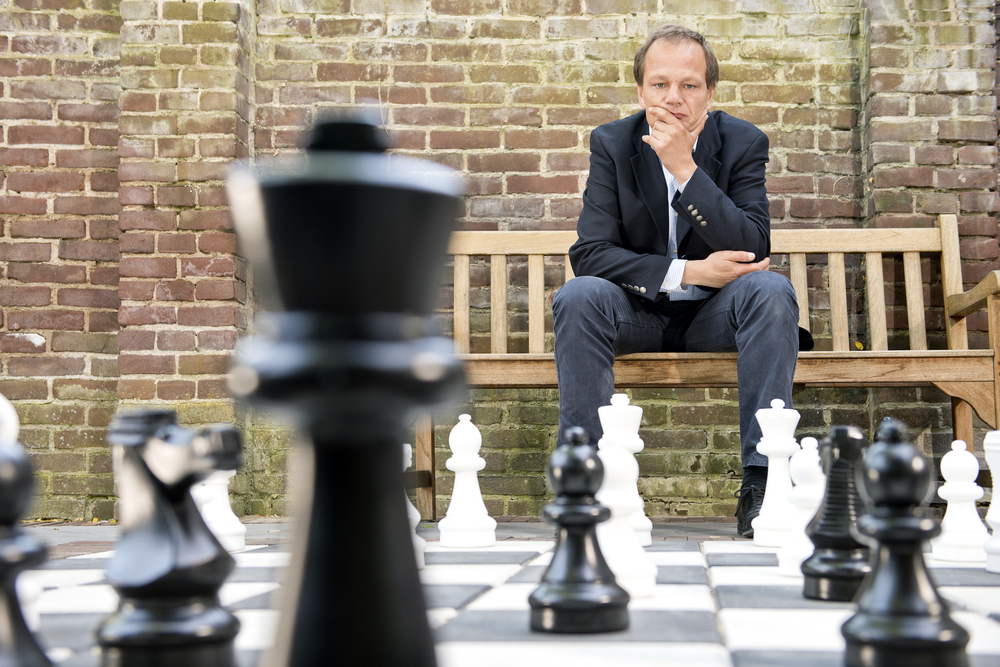
This Article was first published on: Innovation Excellence
The game Angry Birds was a huge hit for the Finnish game developers, Rovio Entertainment. It sold over 20 million copies on various mobile platforms. The spin-off products include books and a Sony film. Angry Birds was released in 2009. It was the 52nd game that Rovio had launched since the company was founded in 2003. There were 51 earlier attempts before the big hit arrived.
WD-40 is a widely used lubricant and penetrating oil. It was developed in 1953 by chemist, Norm Larsen, in San Diego. The term WD-40 is derived from “Water Displacement, 40th formula”. It was the 40th formula the chemists tried before finding success. The product is produced by the Rocket chemical company and is distributed in over 160 countries. The formula for WD-40 is a closely guarded trade secret.
Many great products were the result of a long series of iterations. The first release is rarely an immediate winner. Innovation is a process of continuous improvement and sometimes of trial and error with multiple failures eventually leading to success.
We see a similar process in the Arts and in Business. The novel, Harry Potter and the Philosopher’s Stone, by J K Rowling was rejected by 12 publishers before it was accepted. Gone with the Wind by Margaret Mitchell was rejected 38 times. The founders of Skype made 40 investor pitches before they were accepted. Cisco made 76 and Google around 350. Rejection is part of the process – but only if it is used to trigger learning and improvement. Authors whose pet project is rejected have to rework and improve their pitch. So did Larry Page and Sergey Brin. They treated each rejection as a step along the road and a chance to refine their presentation for the next investor.
Everybody wants their first big idea to be a success. But is much more likely to be a flop; albeit an educational flop. The Jacuzzi brothers launched a bath with inbuilt water jets. It was designed to ease the pain for sufferers from arthritis. The target market liked the product but could not afford it so it was a commercial failure. Sometime later the brothers relaunched the product but this time aimed at rich people with the benefit not of relieving pain but of improving social life. This time it was a big success.
How can you avoid the pain of launching a product only to see it flop? One approach is to pre-test the idea extensively by getting the crowd to vote on it before you make it. This is what Threadless do with their T-shirt designs. Gustin go one step further. They get members of their user community to pledge to buy their clothing designs before making them.
If you cannot pre-test then be prepared to iterate time and again, taking rejection as a source of feedback and improvement. It is painful but you might just end up with Angry Birds, Harry Potter or Google.












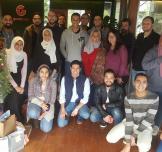




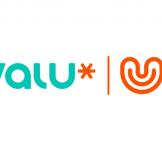


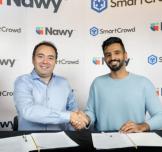



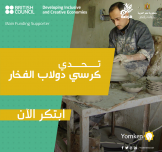





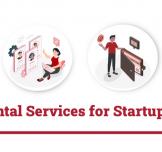





















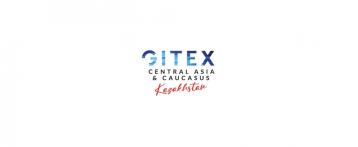
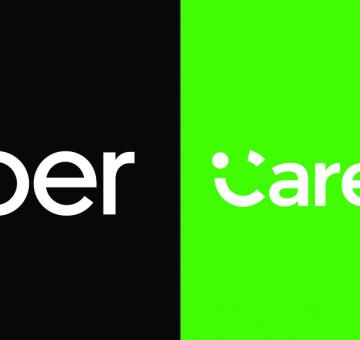
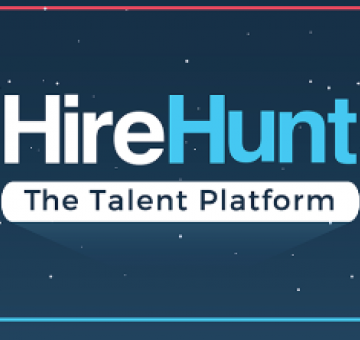












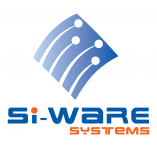

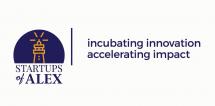
EgyptInnovate site is not responsible for the content of the comments